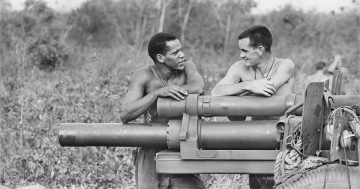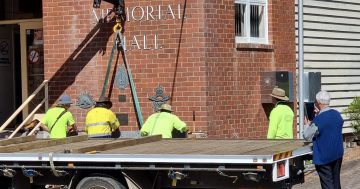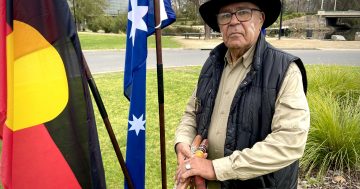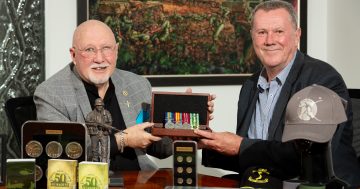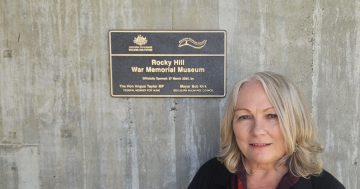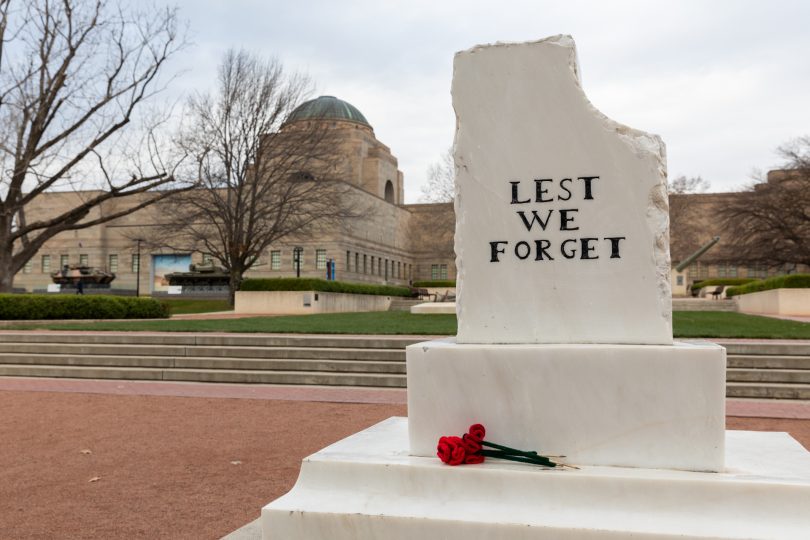
Australian War Memorial. Photo: Michelle Kroll.
As vigorous arguments continue over the War Memorial’s proposed $500 million expansion, have the voices of those involved in post Vietnam conflicts been missed?
Ian Lindgren is vice president of the Australian Peacekeepers and Peacemaker Veterans’ Association, whose members include Defence veterans but also Commonwealth and sometime State police officers, DFAT and intelligence personnel deployed to operations as varied as Cambodia to South Sudan.
“Those not in the ADF are generally not covered under the various veterans’ entitlement acts if they are injured in any way”, Ian says. “No other organisation in Australia has support for job related injuries like the ADF has. These people can’t talk to their own peers about what they’ve been through, so they get support through us”.
And part of that support he says, must include support for the Australian War Memorial’s plans.
Debate has raged over whether the $500 million earmarked for the project, including the demolition of Anzac Hall, would be better spent on veterans’ mental health, for example.
But Ian says that’s missing the point: there is no cap on mental health funding to the Department of Veterans’ Affairs and if the money allocated to the War Memorial were returned, it would go back into general revenue rather than being set aside for other veterans’ causes.
After reading the existing submissions regarding the expansion, he has worked with Solider On and Wandering Warriors, with the latter representing special forces members who are transitioning out of the military.
Together the three organisations represent around 200,000 former ADF members, peacekeepers, police, DFAT and intelligence staff who have been deployed at some time. Members were surveyed on their support for the project to more fully tell the stories of modern conflict, peacekeeping and humanitarian conflicts and in large part strongly agreed with the plans.
Ian believes their voices and those of other survivors of post war conflicts and peacekeeping operations have not been sufficiently heard. Although there are more than 3000 organisations representing veterans, APPVA and Solider On are two of the 14 Ex-Service Organisations that liaise directly with the Commonwealth.
“I’m a firm believer that if you provide a submission to a Parliamentary work committee you owe a duty of care to Australia to be un-emotive and factual”, he says. “I believe that people have made assumptions about the design of the AWM expansion that are not correct.
“If you go back to the original proposals for ANZAC Hall in 1999, the stated need was for an expansion to the displays so there were more large military objects. That’s exactly what people now say isn’t needed now.
“If you go to the Memorial, you can watch a former crew member of a Bushmaster show his family and children what he deployed in. I remember standing next to an ex-Navy man at the Last Post ceremony who was nearing tears because there was nothing there illustrating his service that he could show his children”.
Ian also rebuts criticism that the changes to the AWM’s footprint would detract from Charles Bean’s original vision of a crucifix shape. He says that vision was not completed until the 1970s and it was always understood that there would be change.
“Bean and many others originally thought that the war to end all wars would be just that”, he says.
“But he realised that WWII would require the Memorial to show more than his original vision, to show future generations what the hardships of warfare are”.
The conditions of warfare have also changed substantially, as have the likelihood that police, peacekeepers, intelligence and other officers will be deployed to conflict zones – none of which was envisaged when the Memorial was being designed.
Ian says the he and the other veteran organisations he’s been working with understand that everyone is entitled to their opinions on the expansion, and that everyone will respond differently to the experience of deployment.
“I respect that”, he says. “Not every military person has Post Traumatic Stress Disorder and those that are injured in any way will react to differently to the displays at the AWM. Some don’t want to even go inside.
“But I look now and say in another 20 years’ time will you be sad like our Vietnam veterans who were not accepted? Will you wait 20 years before you see some sign of what you did when you served?”
Original Article published by Genevieve Jacobs on The RiotACT.



